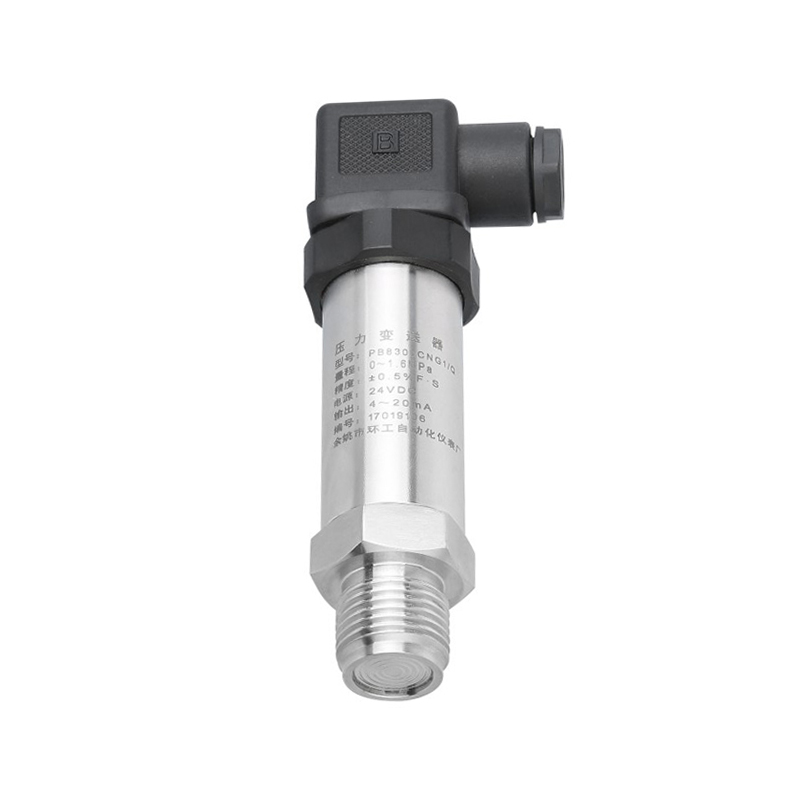Liquid level transmitters typically measure the pressure exerted by the liquid column above them. This pressure is directly proportional to the height of the liquid column and the density of the liquid. However, variations in liquid density or viscosity can affect the accuracy of the measurements. Here's how liquid level transmitters handle these variations:
Compensation Algorithms: Liquid level transmitters utilize sophisticated compensation algorithms to dynamically adjust for changes in liquid density or viscosity. These algorithms are typically based on complex mathematical models that take into account multiple variables such as temperature, pressure, and fluid properties. Through continuous monitoring and analysis of these factors, the transmitter can accurately compensate for variations in liquid characteristics in real-time. These algorithms may employ techniques such as polynomial regression, neural networks, or fuzzy logic to optimize performance across a wide range of operating conditions.
Calibration: Calibration is a meticulous process essential for ensuring the accuracy and reliability of liquid level measurements. During calibration, the transmitter is subjected to various test conditions using reference liquids with known densities or viscosities. Calibration curves or tables are then generated to establish the relationship between the measured pressure readings and the actual liquid levels. Advanced calibration techniques may involve multi-point calibrations, curve fitting algorithms, or automated calibration systems to achieve precise and repeatable results. Additionally, calibration procedures may be periodically performed to account for changes in environmental conditions or sensor drift over time.
Temperature Compensation: Temperature variations can significantly impact the density and viscosity of liquids, leading to errors in level measurement if not properly addressed. Liquid level transmitters incorporate sophisticated temperature compensation mechanisms to mitigate these effects. By integrating temperature sensors or thermistors into the transmitter assembly, real-time temperature data can be collected and used to correct for temperature-induced variations in fluid properties. Temperature compensation algorithms may employ linear interpolation, polynomial functions, or thermodynamic models to accurately adjust the measured pressure readings for changes in temperature.
Constant Sensitivity: Maintaining a consistent sensitivity across different liquid densities and viscosities is critical for ensuring accurate level measurements. Liquid level transmitters designed with constant sensitivity characteristics achieve this by carefully balancing the sensor's response to variations in pressure. This may involve optimizing the sensor's mechanical design, signal conditioning circuitry, or digital processing algorithms to provide a linear and predictable output over the entire operating range. Constant sensitivity transmitters are particularly well-suited for applications where precise measurement accuracy is paramount, such as custody transfer or process control systems.
Application-specific Configurations: In applications where the liquid density or viscosity varies widely, liquid level transmitters can be customized or configured to meet specific requirements. This may involve selecting transmitters with adjustable parameters, such as rangeability or damping settings, to accommodate different fluid properties. Specialized transmitter designs tailored for specific fluid types, such as corrosive or abrasive liquids, may be employed to ensure compatibility and long-term reliability. By considering the unique characteristics of the application, users can optimize the performance of liquid level transmitters and minimize measurement uncertainties.
PB83 threaded flat diaphragm with knurled edge


































































 English
English русский
русский














